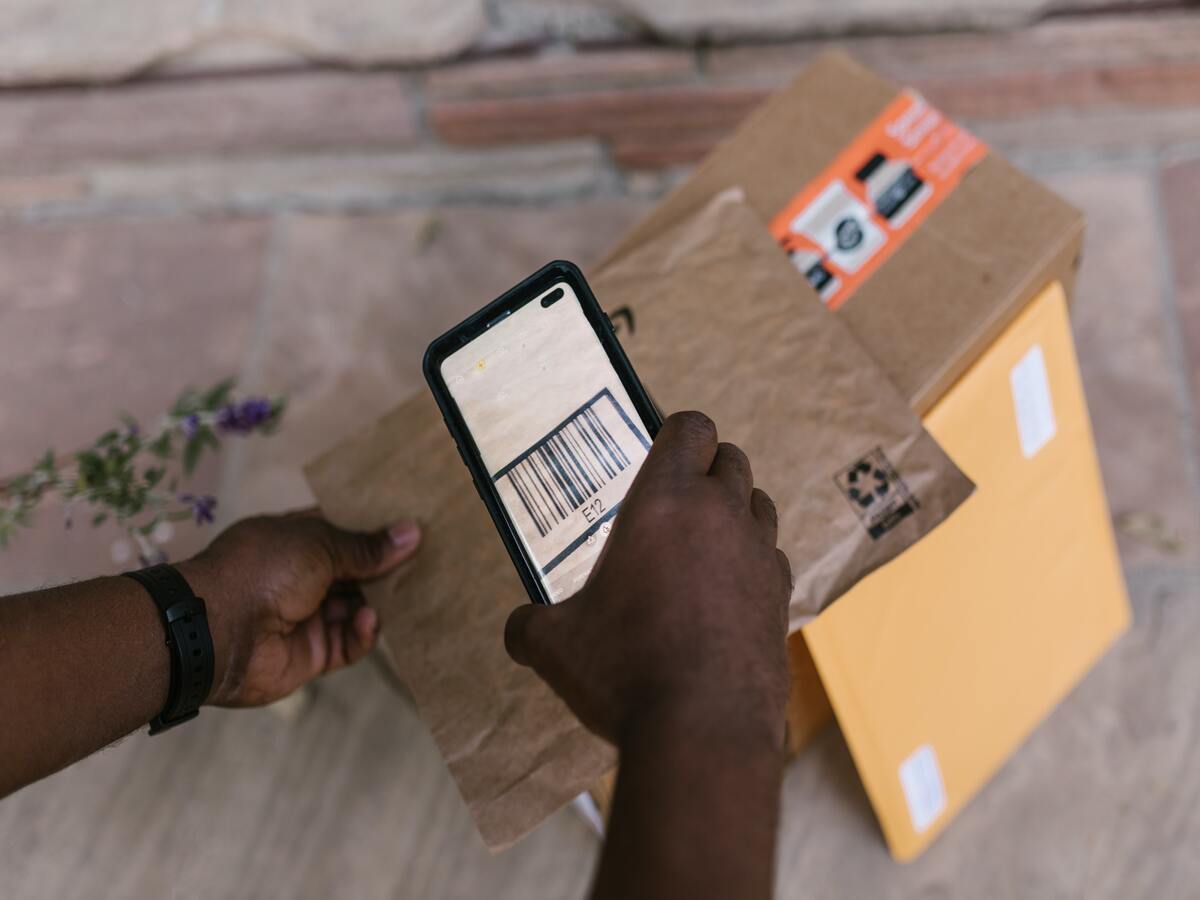OCR, or Optical Character Recognition, is a cutting-edge technology that allows computers to recognize and convert physically printed text as well as text from photos into editable digital data.
We can easily translate foreign language lettering on notice boards using a smartphone camera, which is one of the sophistications of OCR.
Not only foreign language notice boards, but many types of data can be processed with OCR tools, including physical documents, images, medical records, and identification cards.
As a result, this technology is being employed in a variety of large industries, including education, finance, transportation, tourism, and health care.
However, in order to recognize text or physical images, OCR tools must go through various kinds of recognition process steps. What are they?
How OCR tools work
Before we go into the various types of data that may be processed with OCR tools, let’s take a look at how they work. The OCR process begins with scanning or taking a text image from a variety of sources, such as a physical document, a book, or a digital image.
After the capture of a text image, the OCR system will proceed to more complex stages.
1. Character recognition
OCR will identify each character in a text image one by one, including letters, numbers, punctuation, and symbols. OCR will classify the light areas in the image as the background, while the dark areas as text.
2. The initial process
After successfully recognizing both the background and text, OCR does image cleaning by removing many faults, such as italics, spots, clearing boxes in the image, and so on, that are thought to interfere with the visibility of the text.
3.Text recognition
After all errors have been rectified, the character recognition process begins by identifying them based on existing patterns in the machine learning algorithm. This process will produce computer text data that can then be freely edited according to the user’s needs.
Types of data that can be processed with OCR tools
OCR can be used to recognize and convert numerous data types. Some types of data that are generally processed with OCR include:
1. Text Document
OCR can convert various physical documents, such as letters, work contacts, and financial reports, into editable digital data.
2. Image and text
OCR can recognize text in a digital image, photo, hand sketch, or road marking. For example, if we go abroad and see an advertisement on a wall with a photo of an artist and words in a foreign language underneath, we can instantly translate what the lettering means using OCR.
3. Identity card
In an identity card such as a KTP, SIM, or passport, many pieces of information are contained, such as name, address, birth year, and so on. OCR can read and record automatically in one time, without having to rewrite it manually. This implementation may be found in government companies that require administrative analysis data.
4. Purchase and sales invoices
In the financial industry, the use of OCR is frequently used to extract essential information from invoices or receipts, such as purchase or sale date, invoice or receipt number, and transaction amount.
5. Product information data
OCR is capable of processing and recognizing data on product packaging, such as serial numbers, product codes, composition details, etc.
Example of OCR implementation in the financial industry
We already know what types of data that can be processed with OCR tools, what is an example of its application?
The implementation of OCR tools in the financial industry can be seen with Fintelite’s OCR+ software. That software is designed for financial activities such as transaction recording, financial management, financial data analysis, and other accountant activities.
Fintelite’s OCR+ is embedded with AI technology that is able to read physical documents such as invoices, receipts, e-statements into digital data. Aside from storing it, that data can also be automatically classified according to category. As a result reducing the time usually used by manual labor.


